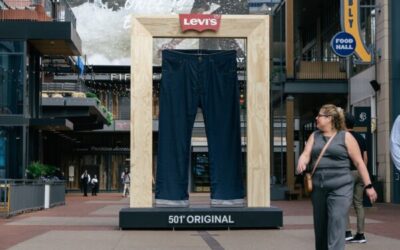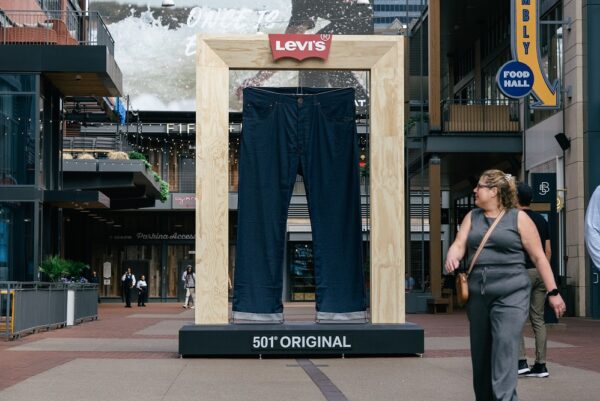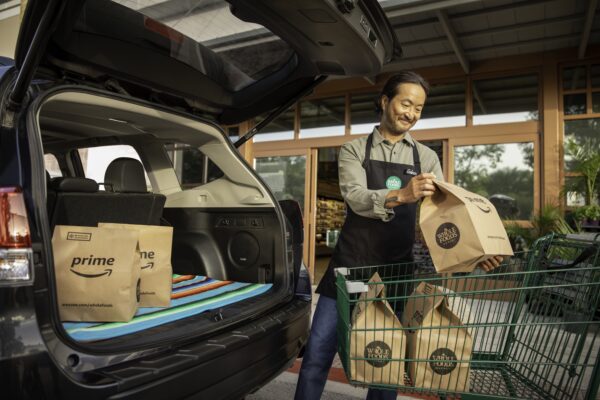Deloitte: UGC and Gaming Offer Brands New Opportunities to Build Connections


Could we soon have a follow-up to the Buggles’ 1981 song Video Killed the Radio Star? If the findings of Deloitte’s 17th annual Digital Media Trends report are any indication, TikTok Killed the Television Star could be on the horizon. According to the study, TV and movies no longer dominate the media landscape like they once did as consumers, especially younger ones, increasingly turn to new digital channels for more immersive entertainment experiences.
However, this isn’t a case of purely replacing one medium for another. Consumer behaviors today are more nuanced than that, with younger generations especially engaging with a “blended and inter-dependent tapestry of entertainment” that includes streaming video, social media, music and gaming as well as traditional television and movies.
Might not be time to work on that chartbuster yet, but even still, brands need to be considering how to find their voice in these new channels. “Video games and user-generated content (UGC) can offer more interaction, socialization and utility, and their popularity with younger generations could potentially transform the media and entertainment industry,” said Jana Arbanas, Vice Chair of Deloitte in a statement about the new research. “Companies should better understand this evolving landscape so they can drive measurable value, foster brand loyalty and build deeper relationships.”
This year’s survey encompasses the opinions and behaviors of 2,020 U.S. consumers over the age of 14, and found that:
- Half of younger consumers said they consider online experiences as meaningful replacements for in-person interaction, and many of them spend more time socializing online than offline;
- UGC is proving to be a powerful and engaging mechanism to connect with consumers; and
- Gaming and metaverse environments are the new frontier for retailers and brands.
Younger Consumers Value Virtual Experiences as Much as Real-World Ones
Not surprisingly, the survey found that people are drawn to different types of digital entertainment depending on their age, with younger generations more evenly dividing their entertainment time across TV shows and movies, UGC on social media services and video games.
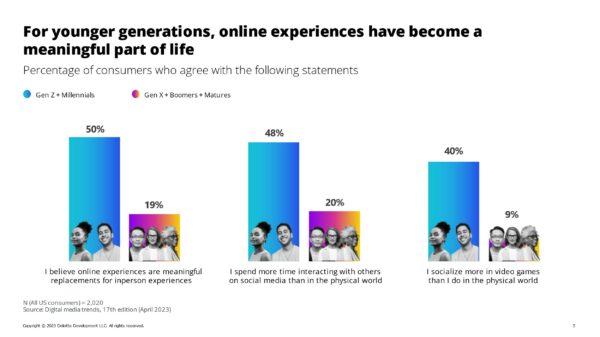
The real takeaway here is how much younger generations value these digital interactions. “The thing that really stood out to me it was the stark difference in the number of Gen Z and millennials who feel like an online experience is equally as compelling and meaningful as-in person experiences and the difference between older generations,” said Wenny Katzenstein, Managing Director in the Technology, Media and Entertainment practice at Deloitte in an interview with Retail TouchPoints. “It’s something we inherently expected it, but to see it in hard numbers was [something else]. Gen Z and Gen Alpha are growing up in a really different environment than [previous generations]. Environmentally they’re so much more used to building strong relationships online and developing ways to socialize in a very intimate way online in a way that just patently wasn’t available before.”
Indeed, the survey found that among Gen Z and millennials, 50% consider online experiences to be meaningful replacements for in-person experiences. In fact, 48% of Gen Z and millennials spend more time interacting with others in social media than in the physical world, and 40% of them socialize more in video games than in the physical world.
This doesn’t mean that brands that want to speak to multi-generational audiences have to completely rethink their strategy though. “The striations [in generational behavior] are there, but that’s not to say that older generations aren’t necessarily being addressed in some of these new mechanisms,” said Katzenstein. “There are plenty of Boomers and Gen X and older millennials that are on exactly the same platforms — my parents are sending me TikToks all the time.”
Instead Katzenstein said brands should look for ways to connect with these new audiences while remaining true to their tone and vision. “In previous years we would talk about what’s the message that goes on TV versus radio?” she said. “These are just new channels, it’s still very much about a human connection and finding spaces and opportunities that are relevant and authentic. I do think it’s important to have individuals who understand how to best leverage and have an authentic voice in those new mediums.”
Media Worlds are Becoming Increasingly Interconnected
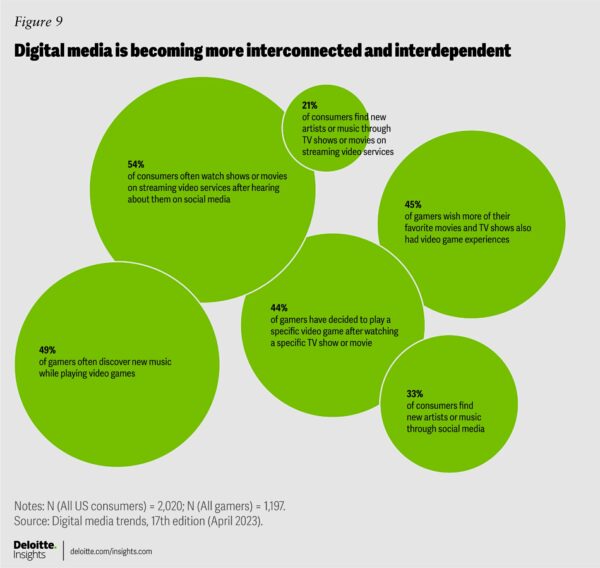
Perhaps more so than ever before, the lines between these different media channels are being blurred. More than half of consumers surveyed — and nearly three-quarters of Gen Z and millennials — often watch a TV show or movie on a streaming video service after hearing about it on social media, and more than half of younger gamers decided to play a specific video game after watching a certain TV show or movie.
A large propellent of this is UGC, that is online content created, unsolicited, by people, not brands. Across all generations, a majority say they watch UGC videos on social media. And about 50% of consumers say UGC videos help them discover new products or services with around 40% saying they are more likely to purchase a product after they watch a creator review it.
The draw, according to the survey, is multi-faceted — UGC is free, it delivers videos on topics viewers are interested in, it’s convenient, there’s always something new, and it’s engaging. Nearly 70% of Gen Z and millennials said they always end up spending more time watching UGC than planned.
“With younger generations being so comfortable building very intimate social connections in an online space, [these content creators’] ability to influence becomes just as acute for these viewers as developing a solid friendship in a physical space,” said Katzenstein.
Gaming is the New Frontier for Retailers and Brands
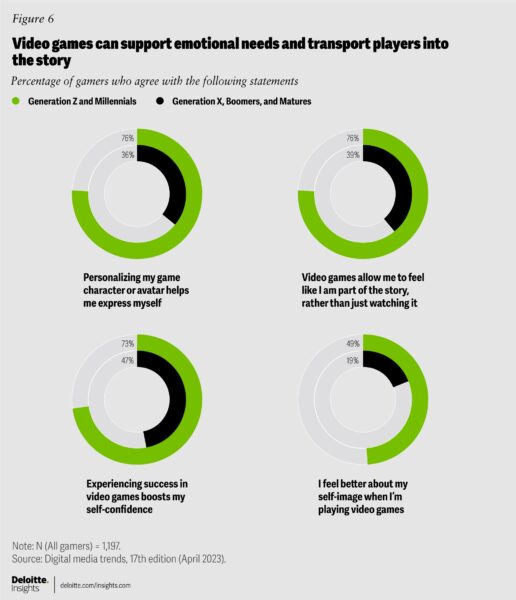
As with social media, younger generations are drawn to gaming for its interactive nature. Survey respondents who are gamers agreed that playing video games provides social and emotional value and makes them feel like they are part of the story rather than just viewers.
“We tend to think about a big bifurcation between digital and physical, but at the heart of [these digital experiences] are people having a very active experience that allows them to get close in proximity to other people and potentially even provides an element of freedom that wouldn’t necessarily be possible in a physical space,” said Katzenstein. “For example, it’s a bit hard to have blue skin in real life, but if you’re a makeup or beauty brand there might be something there that you can address that positions your brand as a conduit for consumers to express themselves.”
Up until recently, most retailer activations in gaming environments have remained in the digital realm, through the creation of branded spaces and virtual products. However, Amazon is working to connect digital worlds with its physical retail offerings through its new Amazon Anywhere functionality, which allows customers to discover and buy physical products from Amazon within virtual environments such as video games, AR experiences and mobile apps.
Ultimately though, connecting and engaging with consumers in these new environments, whether it be social media, video games or metaverse worlds, is no different than how you connect with them in more familiar channels, said Katzenstein. “When people come into stores, some of it is obviously very functional, but a lot of the behavior around shopping is more than that,” she said. “Shopping is also about self-expression, entertainment, finding products that enhance your ability to live [the way you want to]. Retailers just need to go back to the core reasons why people might engage with their brand in the first place, and then think about how to manifest that in a digital space.”


